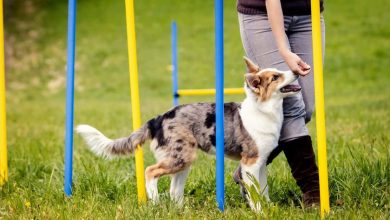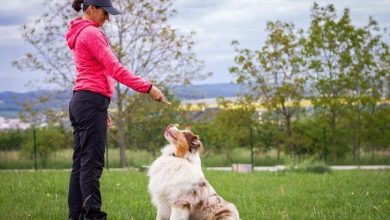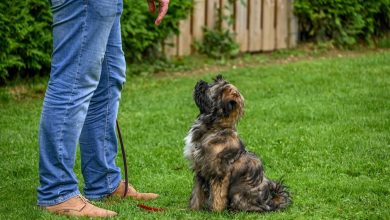How to build a strong recall command for your dog

Welcoming a dog into your life is a joyful experience filled with wagging tails and endless companionship. However, amidst the joy, it’s crucial to equip your furry friend with essential skills that ensure their safety and enhance your bond. One of the most vital commands your dog can learn is the recall command, often simply referred to as “come.” A strong recall not only provides peace of mind when your dog is off-leash but also fosters a deeper connection built on trust and communication. In this article, we will guide you through the steps to build a reliable recall command, transforming your dog into a responsive and attentive companion. Whether you’re starting with a rambunctious puppy or a more mature dog, these friendly and effective techniques will set you both on the path to success. Let’s embark on this training journey together, ensuring every adventure is safe and enjoyable for both you and your four-legged friend.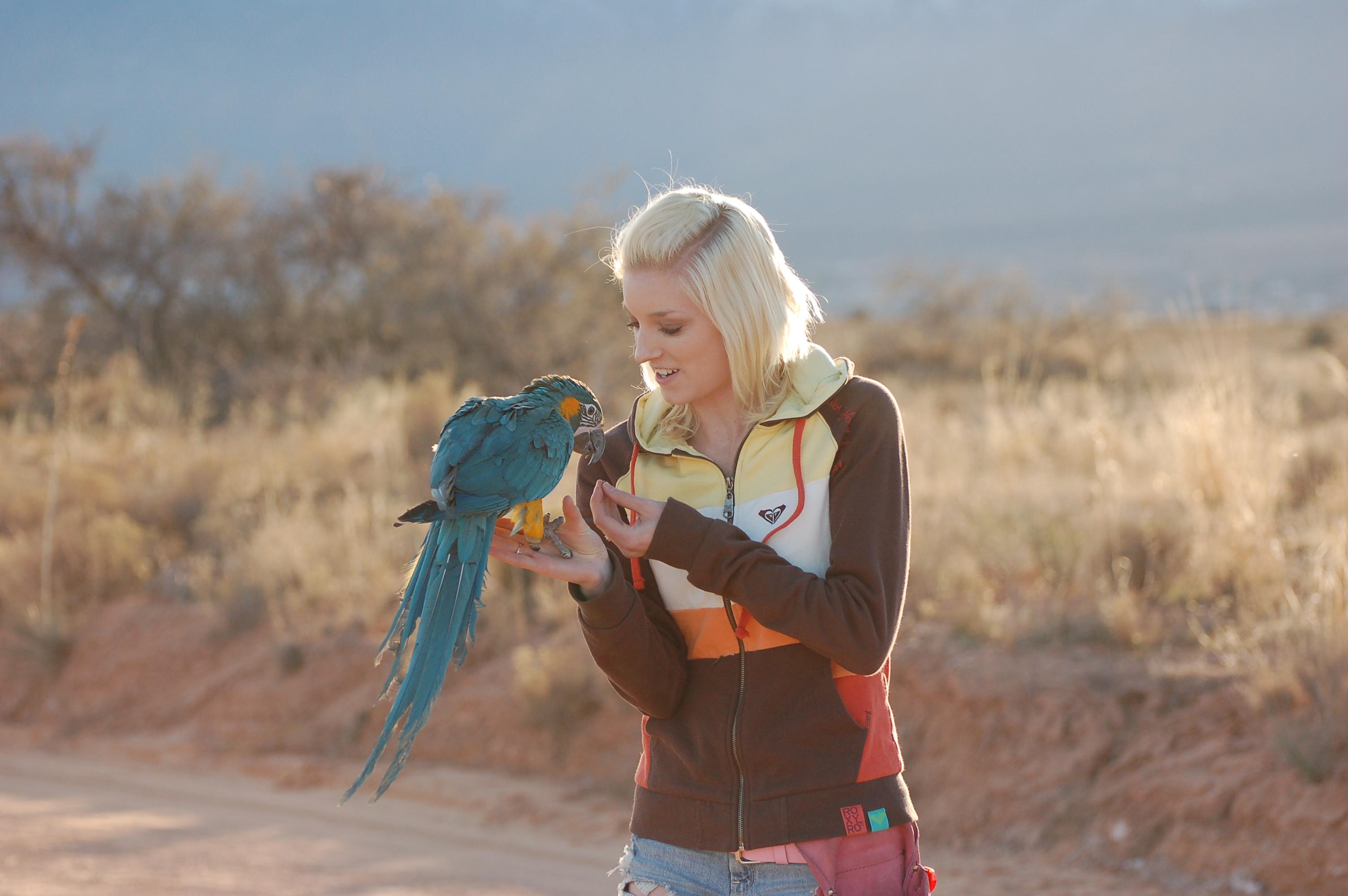
Understanding the Importance of Recall Training
Recall training is an essential aspect of your dog’s education, serving as a fundamental building block for a well-behaved and safe canine companion. A strong recall command ensures that your dog will return to you promptly and reliably, even in distracting environments. This can be crucial in various situations, such as avoiding dangerous encounters, preventing your dog from wandering off, or simply facilitating smoother off-leash play. Establishing a solid recall can greatly enhance the bond between you and your dog, fostering trust and communication.
When embarking on this training journey, consider the following key points:
- Consistency: Use the same word or phrase every time you call your dog back, ensuring they associate it with the action of returning to you.
- Positive Reinforcement: Reward your dog with treats, praise, or play whenever they respond correctly to the recall command.
- Gradual Increase in Difficulty: Start in a controlled, distraction-free environment and slowly introduce more challenging scenarios as your dog becomes more reliable.
- Patience: Training takes time, so be patient and avoid punishing your dog for mistakes, as this can create confusion and anxiety.
By prioritizing these elements, you’ll cultivate a recall response that not only keeps your dog safe but also strengthens your overall relationship.
Choosing the Right Tools and Techniques for Success
Embarking on the journey to establish a reliable recall command with your furry friend requires selecting the right tools and techniques. Consistency and positivity are your best allies in this process. Begin by investing in a high-quality long line leash, which gives your dog the freedom to explore while ensuring their safety. Pair this with a treat pouch filled with irresistible rewards, such as small pieces of chicken or cheese, to make coming back to you the most exciting part of their day.
Incorporating the right techniques is equally important. Start in a distraction-free environment to set your dog up for success. Use a clear and consistent cue like “come” or a whistle, ensuring that your tone is always upbeat. Gradually introduce distractions as your dog becomes more confident. Remember to always reward generously when they respond correctly. Consider using a clicker to mark the exact moment your dog makes the right choice, which can speed up the learning process. By blending these tools and techniques, you’ll be well on your way to mastering the art of recall with your canine companion.
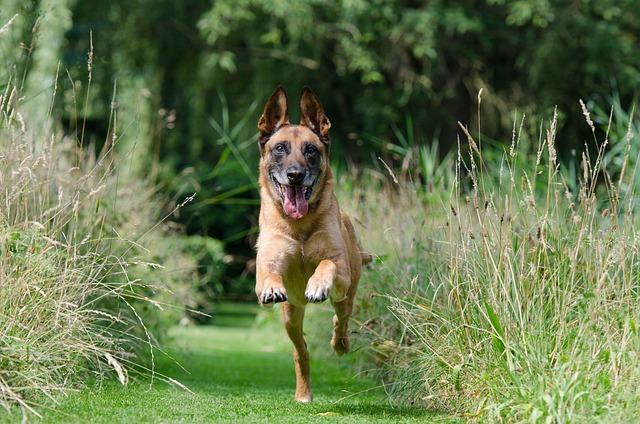
Step-by-Step Guide to Teaching Your Dog Recall
Teaching your dog to come when called is an essential skill that can keep them safe and enhance your relationship. Start in a distraction-free environment like your living room or backyard. Use a positive, enthusiastic tone to call your dog’s name followed by the chosen recall command, such as “come” or “here.” Reward them generously with treats, praise, or playtime when they respond correctly. Remember to always associate the command with a positive outcome, so your dog is motivated to listen.
- Consistency is key: Use the same command each time and practice daily.
- Gradually increase distractions: Once your dog reliably comes when called in a quiet setting, introduce mild distractions and slowly build up to more challenging environments.
- Use high-value rewards: Keep your dog interested by varying rewards, especially in more distracting scenarios.
- Never punish for coming late: Even if your dog hesitates, always reward them for coming back to you.
With patience and persistence, your dog will soon understand that coming when called leads to positive experiences, making recall a reliable and enjoyable command for both of you.
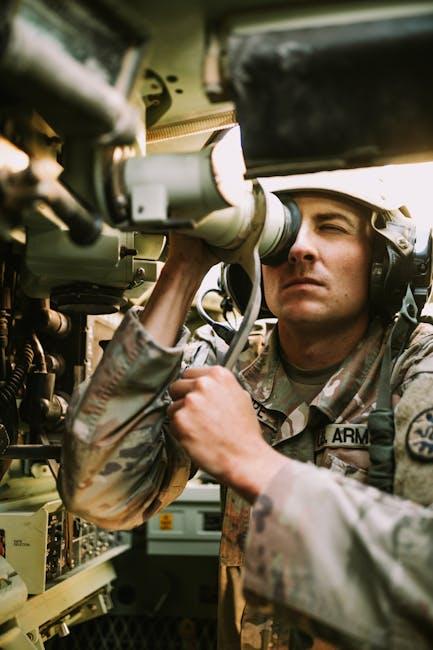
Troubleshooting Common Recall Training Challenges
When teaching your dog to respond reliably to a recall command, it’s not uncommon to encounter a few bumps along the way. Here are some frequent issues and how you can address them effectively:
- Distraction Overload: Dogs can easily become distracted by their environment. If your pup seems more interested in chasing squirrels than coming back to you, try starting recall training in a quiet, controlled setting. Gradually introduce distractions as they improve.
- Inconsistent Commands: Consistency is key. If you’re using different words or tones, it can confuse your dog. Stick to one command and practice it regularly to reinforce understanding.
- Lack of Motivation: If your dog isn’t responding, it might be because they don’t find the reward enticing enough. Experiment with different treats or toys to discover what excites them most. Remember, the reward should be worth coming back for!
- Timing Issues: Ensure you’re giving the command when your dog is attentive. If they’re in the middle of an activity, they might not hear you. Call their name first to grab their attention before issuing the recall command.
Addressing these challenges with patience and persistence will help your dog become more responsive, leading to a stronger recall command.

